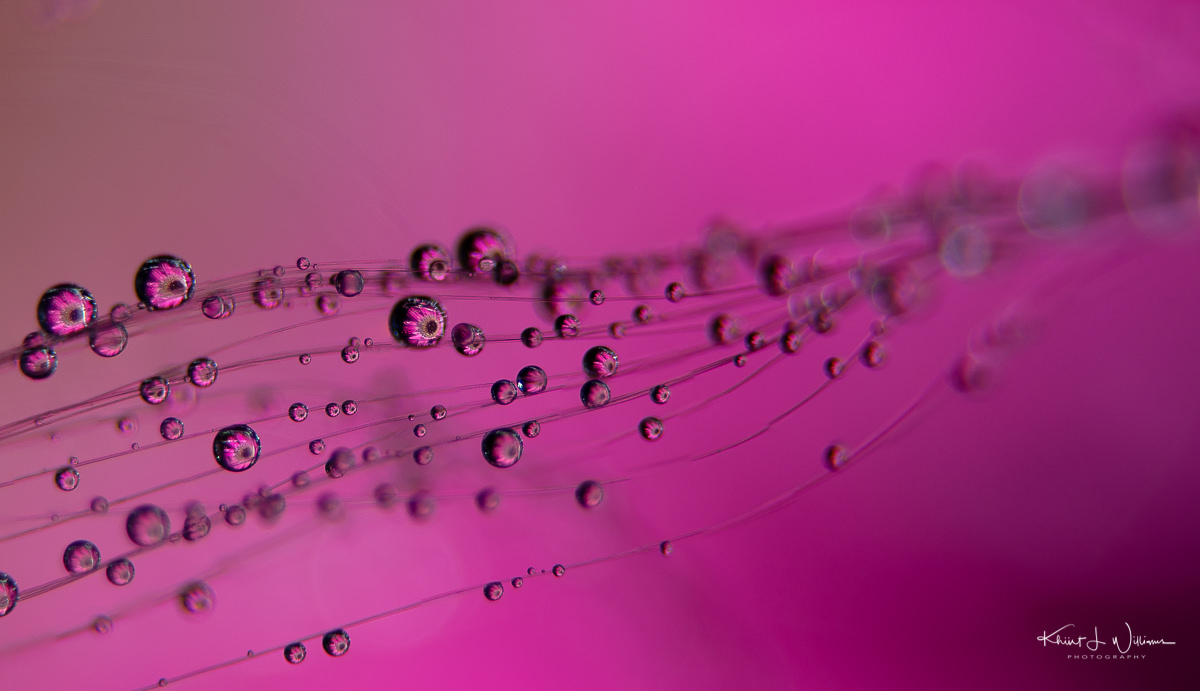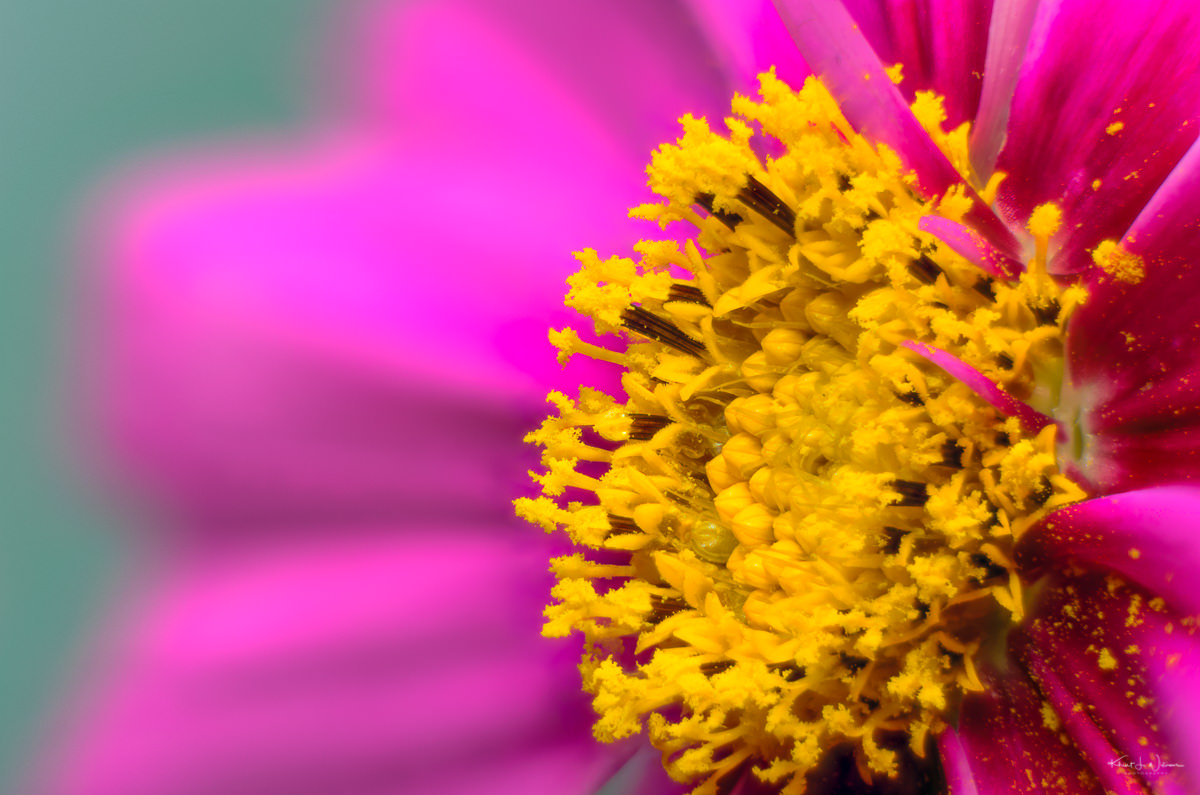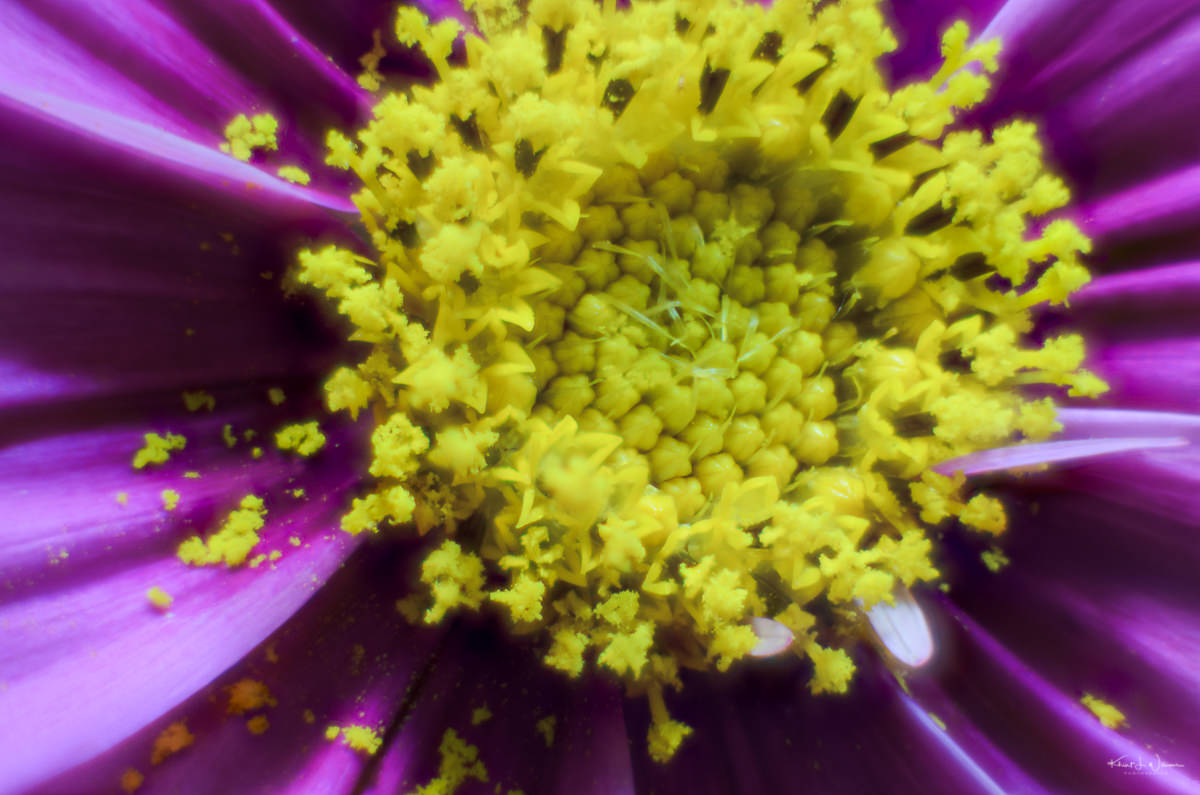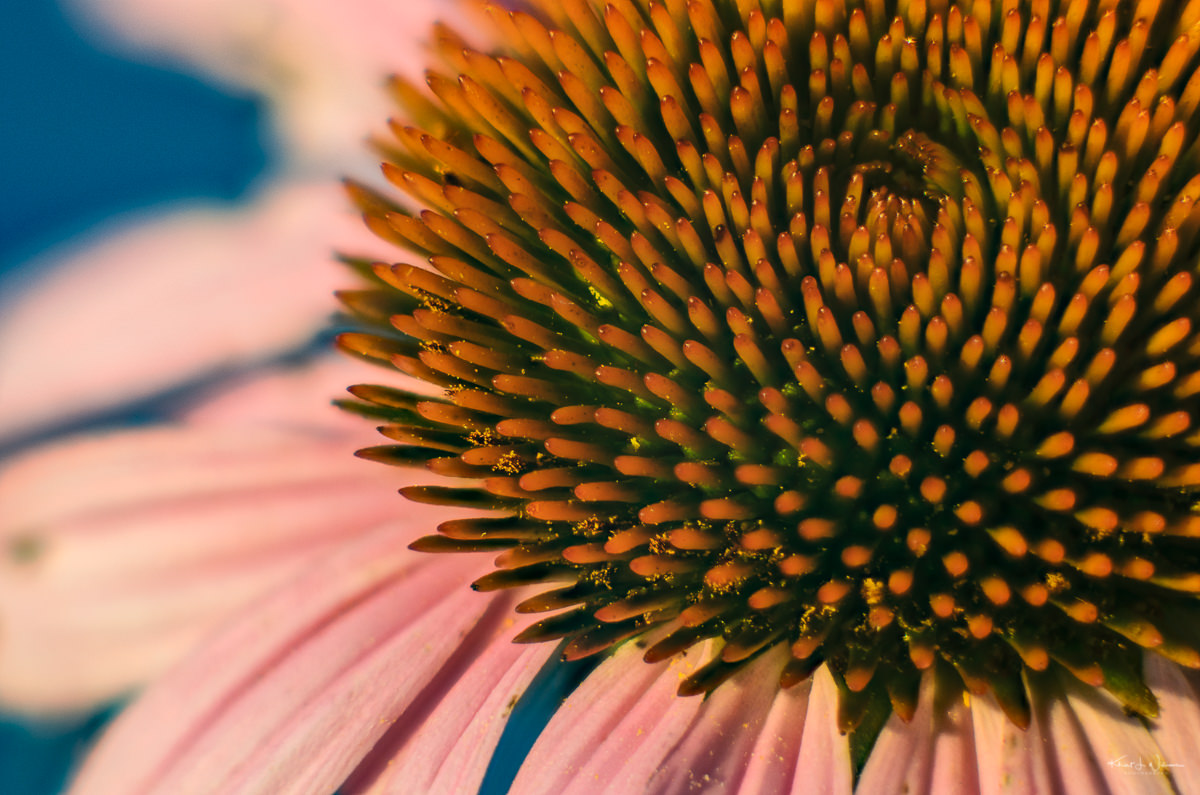Last weekend I attended a macro photography workshop by Don Komerechka hosted by the Princeton Photography Workshop. It was a fun but challenging workshop, and I learned just how much I have yet to learn. I am so far from where I want to be with macro, but with patience and perseverance, and I think I can improve my craft. Water droplet macro -- or in this case, the term "micro" might be more appropriate -- is much harder than any macro photography I have attempted so far. Macros of flowers or insects are all I have tried to date; even those seemed easy compared to the water droplets.
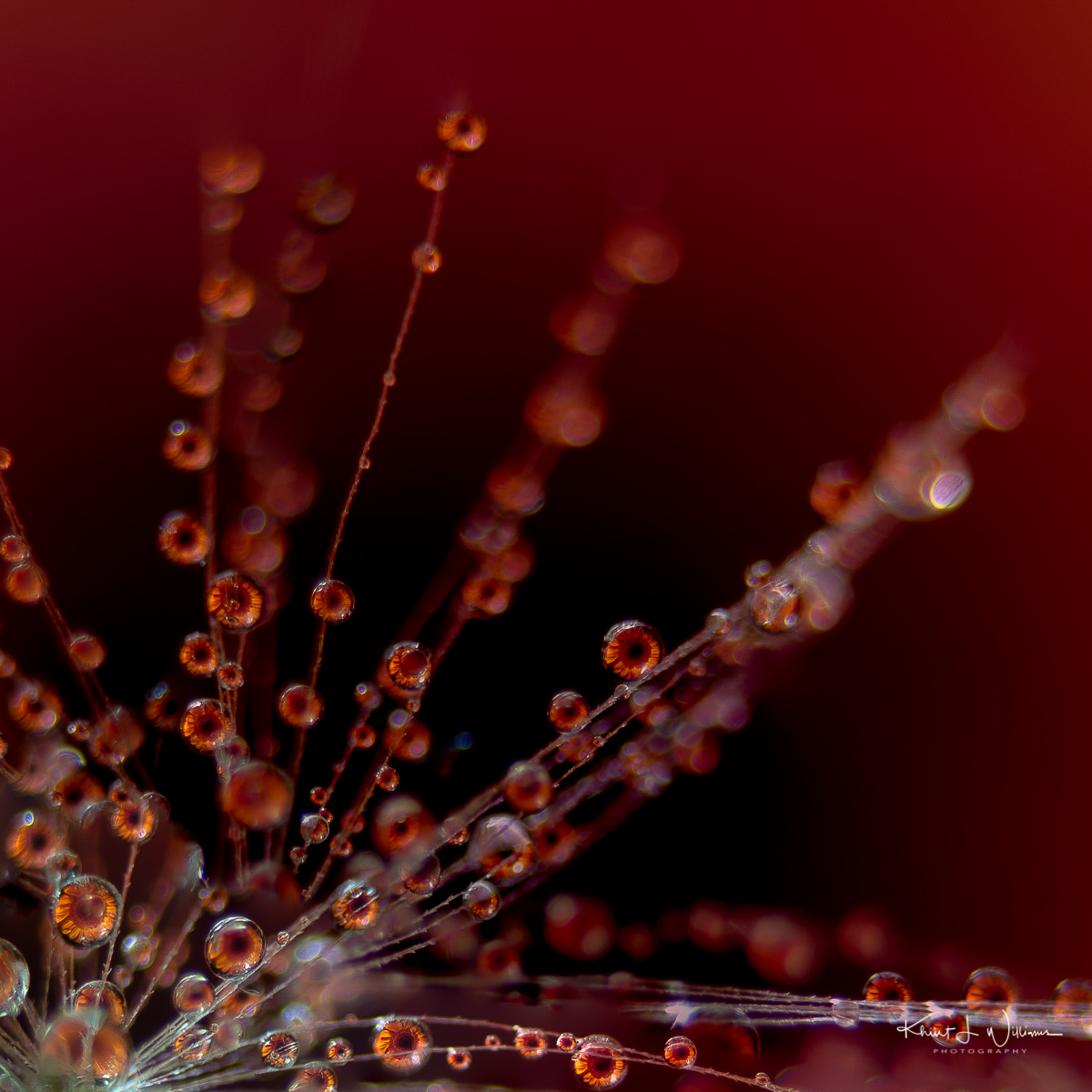
Don gave the class a quick primer on focus stacking, a technique I have used a few times with my macro. One excellent tip I learned is that Photoshop's auto-align and auto-blend layers features make it relatively easy to focus-stack capture images.
Macro photography can be time-consuming. Water droplet photography is even more so. Getting the water droplets to be spherical to my satisfaction required a lot of trial and error. And I had a lot of failures. I deleted most of the images I captured that morning. The one included with this post is the best of them.
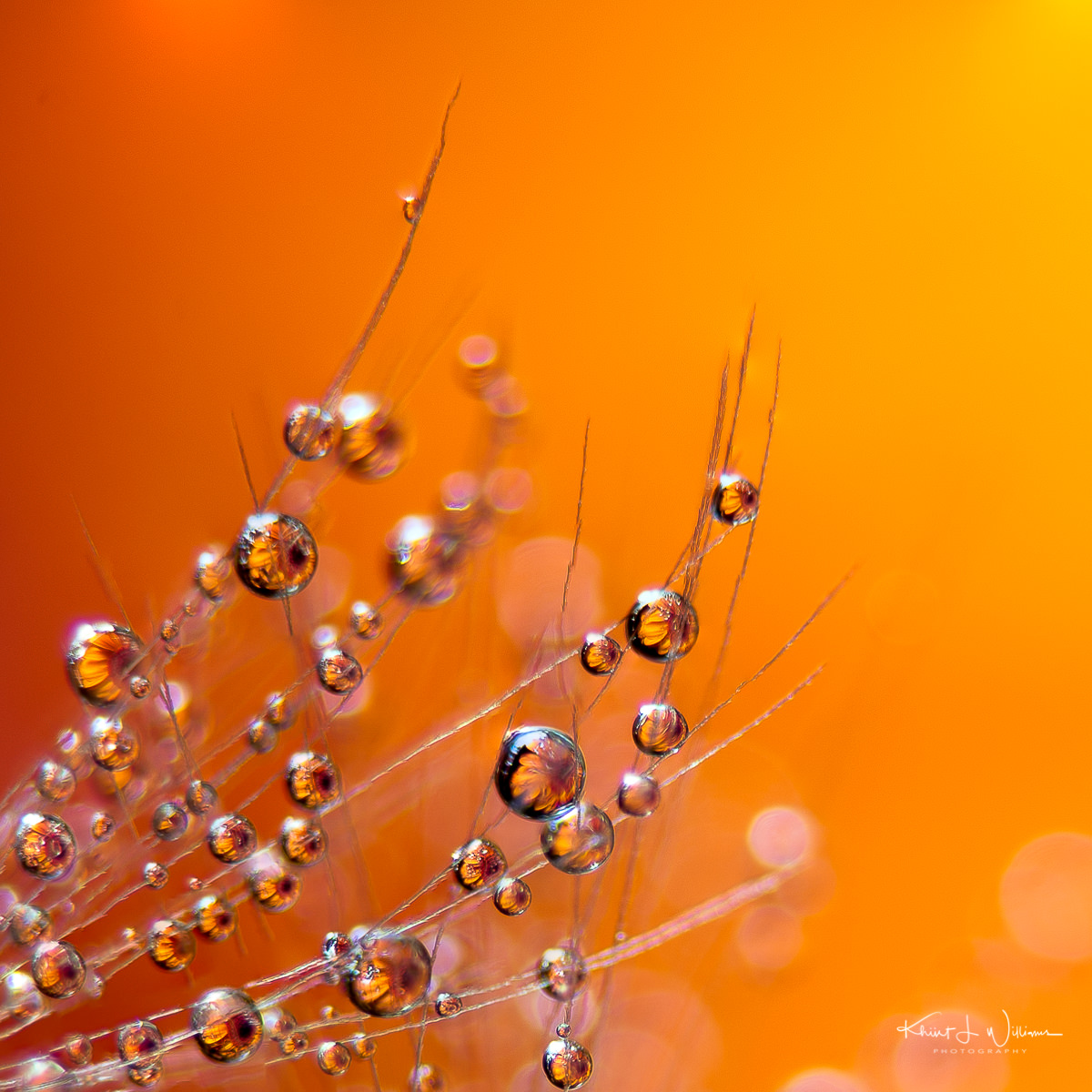
The featured image is a blend of several photos. As you can see, it's flawed in many ways. It's not sharp. The flower that I placed behind the dandelion doesn't appear clearly.
I need more practice.
Each Wednesday, The Daily Prompt Photo Challenge provides a theme for creative inspiration. Participants take photographs based on their interpretation of the theme and post them on their blog anytime before Wednesday.
